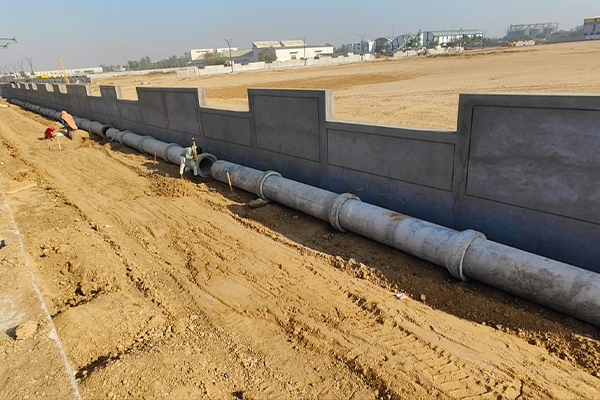Drainage and pipeline systems are essential for public health and safety. They collect and transport wastewater and storm water away from buildings and communities, preventing flooding and the spread of disease. Drainage systems typically consist of a network of pipes and channels that collect wastewater from sinks, toilets, and other plumbing fixtures. The wastewater is then transported to a wastewater treatment plant, where it is treated and cleaned before being discharged into the environment. Pipeline systems are used to transport a variety of fluids, including water, oil, gas, and chemicals. Pipelines are typically made of steel, plastic, or concrete. They can be buried underground or installed above ground. Drainage and pipeline systems are designed to be durable and reliable. However, they can still fail due to a variety of factors, such as age, corrosion, and improper maintenance. When a drainage or pipeline system fails, it can cause a variety of problems, including flooding, sewage backups, and environmental contamination.






